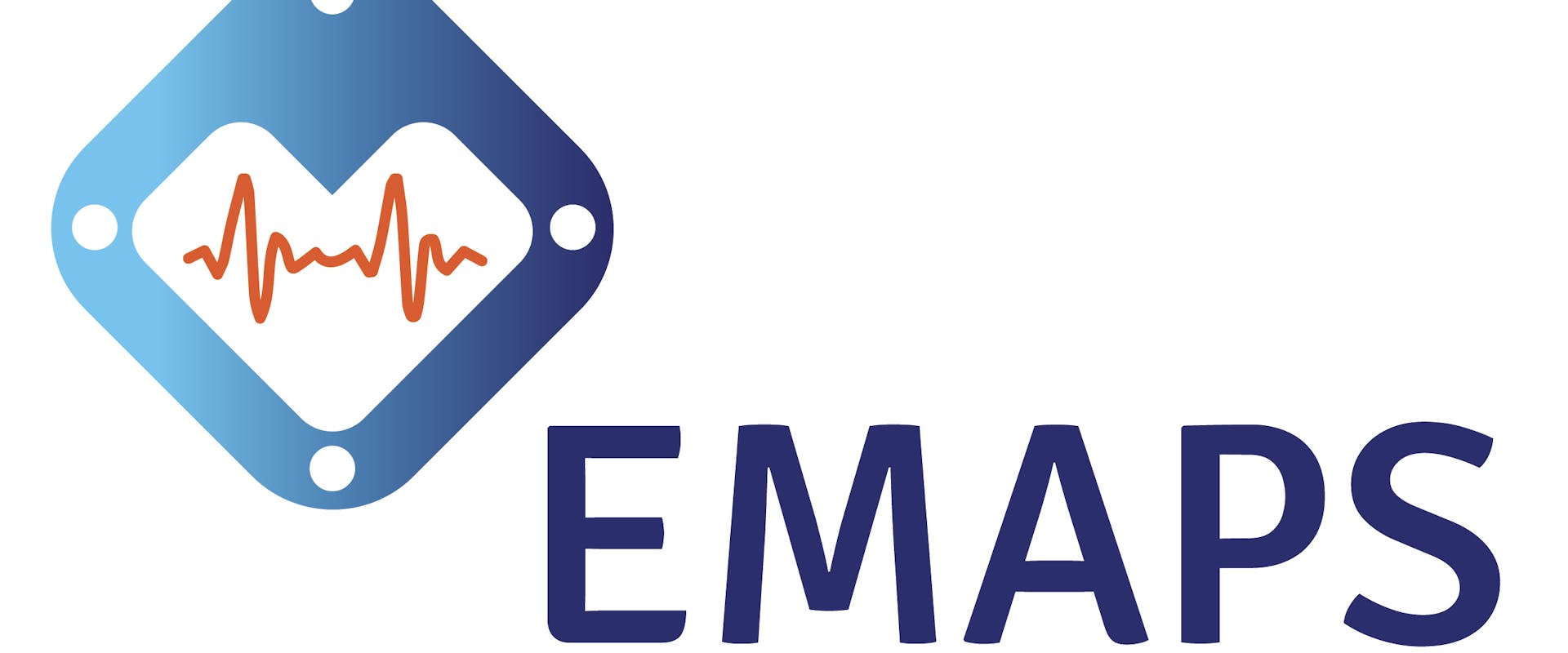19. September 2022
Launch of the Horizon Europe RIA project PATTERN
Next generation ultra-high speed Photonics ICs via heterogenous integration of LNOI and InP platforms....
Cardiovascular diseases (CVDs) are the number one cause of deaths globally and account for 45% of deaths in Europe. Overall, heart diseases are estimated to cost the EU economy € 210 billion a year. Despite the apparent need, the number of cardiovascular drugs in the research pipeline has declined: Only four drugs targeting CVDs have been approved for use in the last decade, mostly due to the high failure rate. This is what the multidisciplinary and international consortium of three academic and six industrial (SMEs) teams united in the new Horizon 2020 project EMAPS-Cardio wants to change.

Led by the Centre National de la Recherche Scientifique (France), the nine partners from France, Hungary, Czech Republic, Lithuania, Germany, Switzerland, Portugal and Spain are striving to answer the call for accurate in vitro cardiac models by developing heart-on-a-chip cell cultures. Over the next four years, EMAPS-Cardio will receive 5.4 Mio € in funding from the European Union’s Horizon 2020 Research and Innovation Programme.
In recent years, tissue engineering has taken a big leap forward with the development of the heart-on-a-chip technology. Such cardiac models aim to mimic healthy and diseased tissues in an artificial structure that is lined with live heart cells. Despite numerous attempts, organ-level function of the human heart has not yet been reconstituted in vitro.
EMAPS-Cardio aims to produce a platform for growth and maturation of cardiac microtissues for organotypic models. These realistic heart models can help advance the understanding of several prevalent heart diseases, such as heart attacks and strokes, while striving to be sufficiently accurate to detect drug potency in both healthy and diseased tissues.
“The EMAPS-Cardio project will enable the most realistic cardiac models to date that will help advance the understanding of heart diseases. Our findings can significantly improve the development of cardiovascular treatment methods. Overall, we are hoping to make EMAPS a versatile platform that can be used to grow multiple tissues, e. g. heart, lung, skin, muscle, etc.”,says project coordinator Dr Christian Bergaud, CNRS Research Director at the Laboratory for Analysis and Architecture of Systems (LAAS) at the Centre National de la Recherche Scientifique (CNRS).
The EMAPS-Cardio project will be working with cardiomyocytes, or cardiac muscle cells (CMs). These will be derived from human-induced pluripotent stem cells (hiPSC), cells that can be coaxed to become many different types of tissue. During the maturation of the stem cells, a microenvironment with an electro-mechanoactive polymer-based scaffold (EMAPS) and bioactive membranes will provide all the needed stimuli (e. g. electrical, mechanical and biochemical) to optimise the differentiation of the stem cells to adult-like cardiac muscle cells.
Besides testing the efficacy and cardiotoxicity of cardiovascular drugs, the impact of various factors (nutrients, nanomaterials, mechanical stress, etc.) on onset and development of CVDs will be the focus of the EMAPS-Cardio research.
Based on their research findings, the EMAPS-Cardio consortium aims to make organ-on-a-chip technologies a viable alternative to animal testing. While animal models can help boost a general understanding of the biological and physiological processes of the human body, they often fail to exactly represent the mechanisms of human organs. The heart-on-a chip technology can potentially pre-empt new drugs’ high failure rate associated with the use of nonhuman models to predict human reactions. Accurate cardiac models, such as the one that will be developed by the EMAPS-Cardio team, can therefore lead to a more targeted drug development. Such personalised treatments for patients can reduce the cost of CVDs for healthcare systems worldwide.
Dr Bergaud adds: “Ultimately, the EMAPS-Cardio heart-on-a-chip technology has the potential to achieve a reduced prevalence of CVDs in Europe and beyond as a result of a better understanding of disease progression and risk factors.”
The EMAPS-Cardio project has received funding from the European Union’s Horizon 2020 research and innovation program under the Grant Agreement nº 953138.